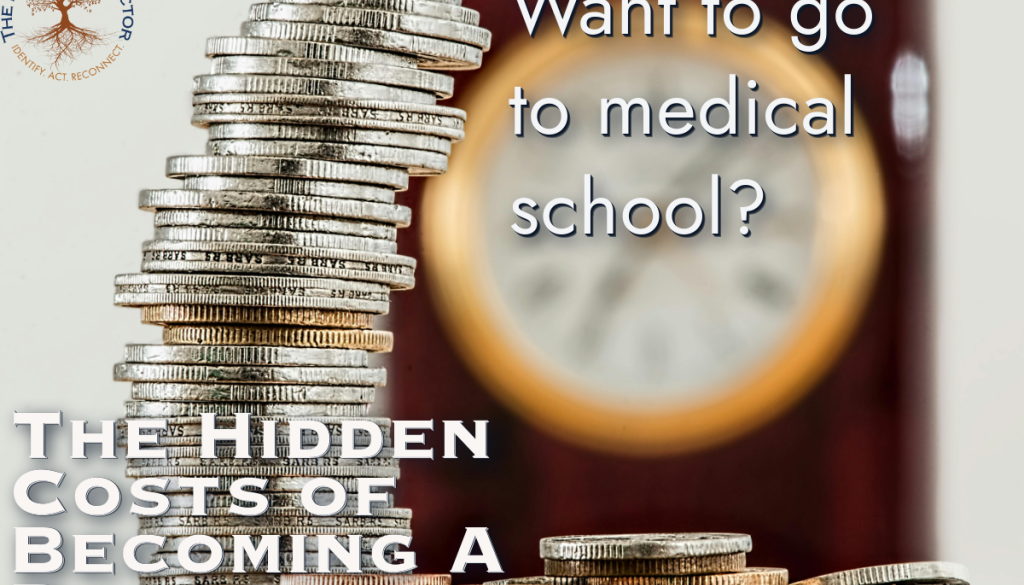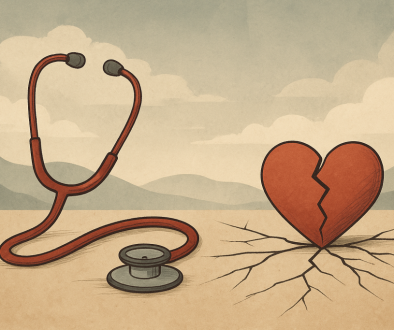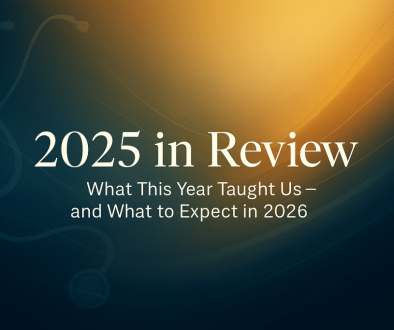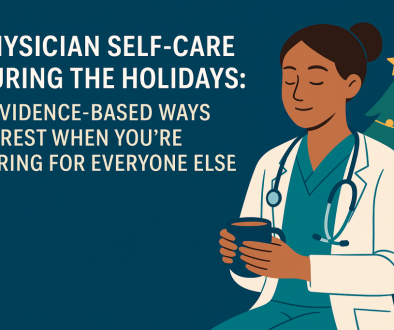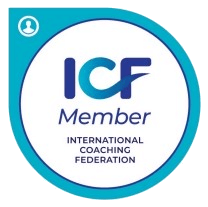The Real Cost of Becoming a Doctor in 2025: Are You Ready?
I love being a doctor. It is challenging, rewarding, and full of opportunites. Like many physicians (and healthcare providers in general), I started on this path with a desire to help others and make an impact. I knew the financial costs and rewards of this path. I was, and still am at times, caught off guard by the emotional, mental, and spiritual tolls I’ve paid. In 2025, these tariffs will be steeper than ever, making it imperative for practicing and aspiring physicians to thoroughly understand what lies ahead.
The Financial Cost of Becoming A Doctor
The cost of medical education has increased expontentially. As of May 2025, the average medical student has approximately $212,341 in mecical school debt. This figure doesn’t account for undergraduate debt, which many also carry. Additionally, the median 4-year cost of attendance (COA) for public medical schools is about $286,454, while private institutions average around $390,848 These numbers highlight the substantial financial commitment required to pursue a medical degree.
It’s worth noting that some institutions are taking steps to alleviate this burden. For instance, the Albert Einstein College of Medicine in New York City announced a $1 billion donation from Ruth Gottesman, allowing the school to offer tuition-free education to all students. Similarly, Johns Hopkins University received a transformative $1 billion donation from Bloomberg Philanthropies, enabling the university to offer free tuition to medical students from families earning less than $300,000 annually.
The cost does not stop at tution. Resident salaries range between $60,000- $70,000. While that is a reasonable income, the average resident works up to 80 hours per week. In addtion, most residents are not eligible for employee match retirment plans, resulting in delayed long term financial planning. In short, most physicians delay earning and saving until well into their 30s.
The Competitive Landscape of Medical School Admissions
Gaining admission to medical school is highly competitive. In the 2024-2025 admission cycle, approximately 44.58% of MD applicants started medical school . However, most medical schools have acceptance rates lower than 7%, emphasizing the importance of a strong academic record and a well-rounded application.
For those considering osteopathic medical schools (DO programs), the landscape is slightly more accessible. DO programs often have higher acceptance rates, with some schools accepting up to 10% of applicants . However, applicants still need to demonstrate strong academic credentials and a commitment to the osteopathic philosophy of holistic patient care.
Public Perception and Trust
The medical profession is currently navigating a complex landscape of public trust. Recent surveys indicate a decline in trust toward healthcare institutions. For instance, trust in the FDA has decreased from 65% to 53%, and trust in state and local public health officials has fallen even more. This shift emphasizes the need for future physicians to engage with communities transparently and empathetically.
The Cost of Becoming A Doctor: Lifelong Learning and Adaptability
Medicine is a field that demands continuous learning. Beyond medical school and residency, physicians must stay up to date on latest research, treatments, and technologies. This commitment to lifelong education ensures the best patient care and professional growth. If you are not commited to a life of learning and personal growth, this cost may be too steep for you to pay.
Other Factors to Consider Before Becoming A Doctor.
Interpersonal Skills
Good physicians need to be more than clinicians and scientists. Effective communication and collaboration are vital in healthcare. Physicians work closely with diverse teams and interact with patients from various backgrounds. Strong interpersonal skills enhance patient trust and improve healthcare outcomes. More often than not, these skills are not taught. Rather, they are learned and developed through experience (or never developed at all.)
Exploring Specialties
Before committing to a specific medical path, it’s beneficial to explore various specialties. Shadowing professionals in different fields can provide insights into daily responsibilities and help align personal interests with career choices.
Motivation and Resilience
A genuine desire to help others is fundamental in medicine. However, resilience and a strong work ethic are equally important. The journey is demanding, and maintaining motivation through challenges is crucial for long-term success.
Is The Cost of Becoming A Doctor Worth It?
From my persperctive, it was. But it is not for everyone. Pursuing a career in medicine in 2025 requires careful consideration of financial, academic, and personal factors. While the path is rigorous, for those passionate about healthcare and committed to the journey, it is rewarding and impactful profession!

